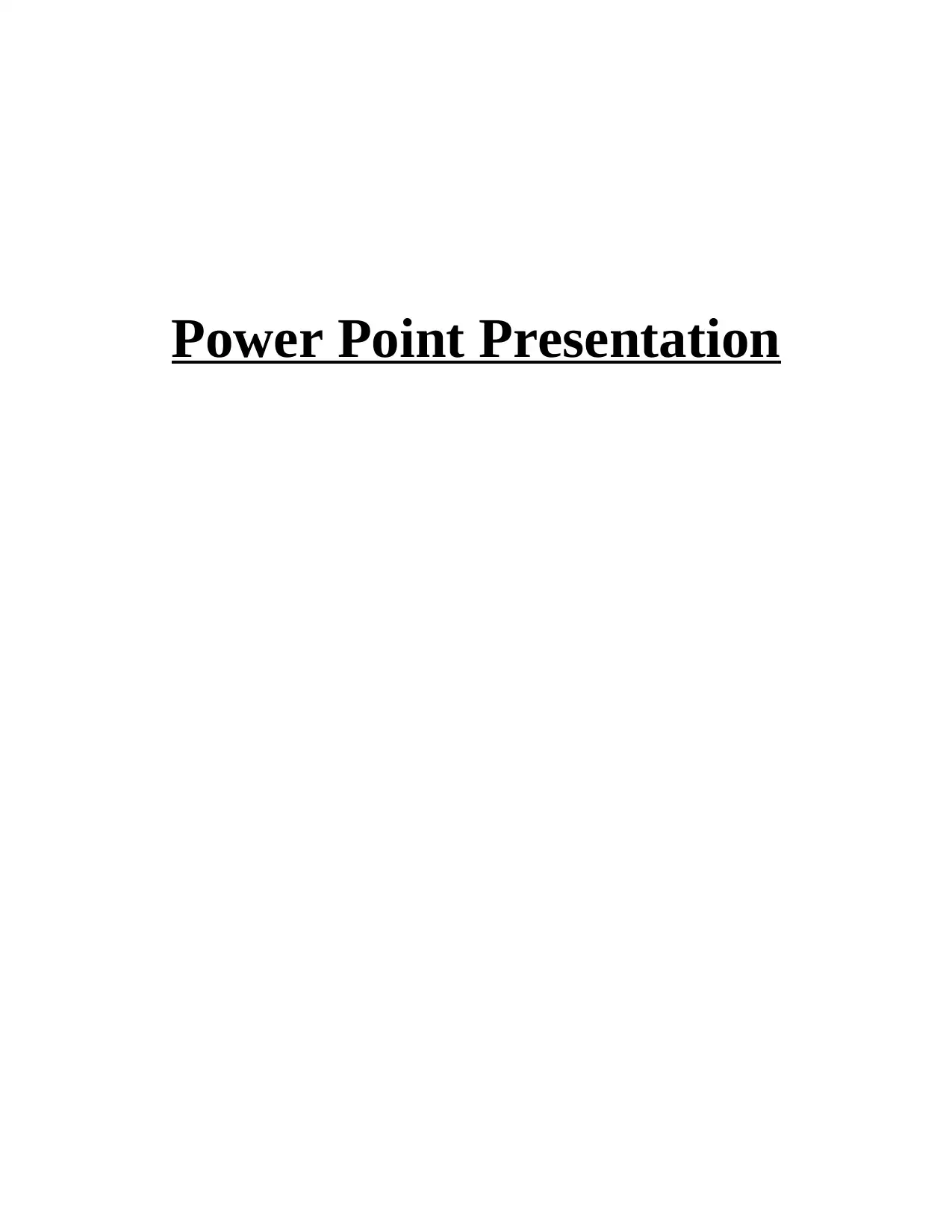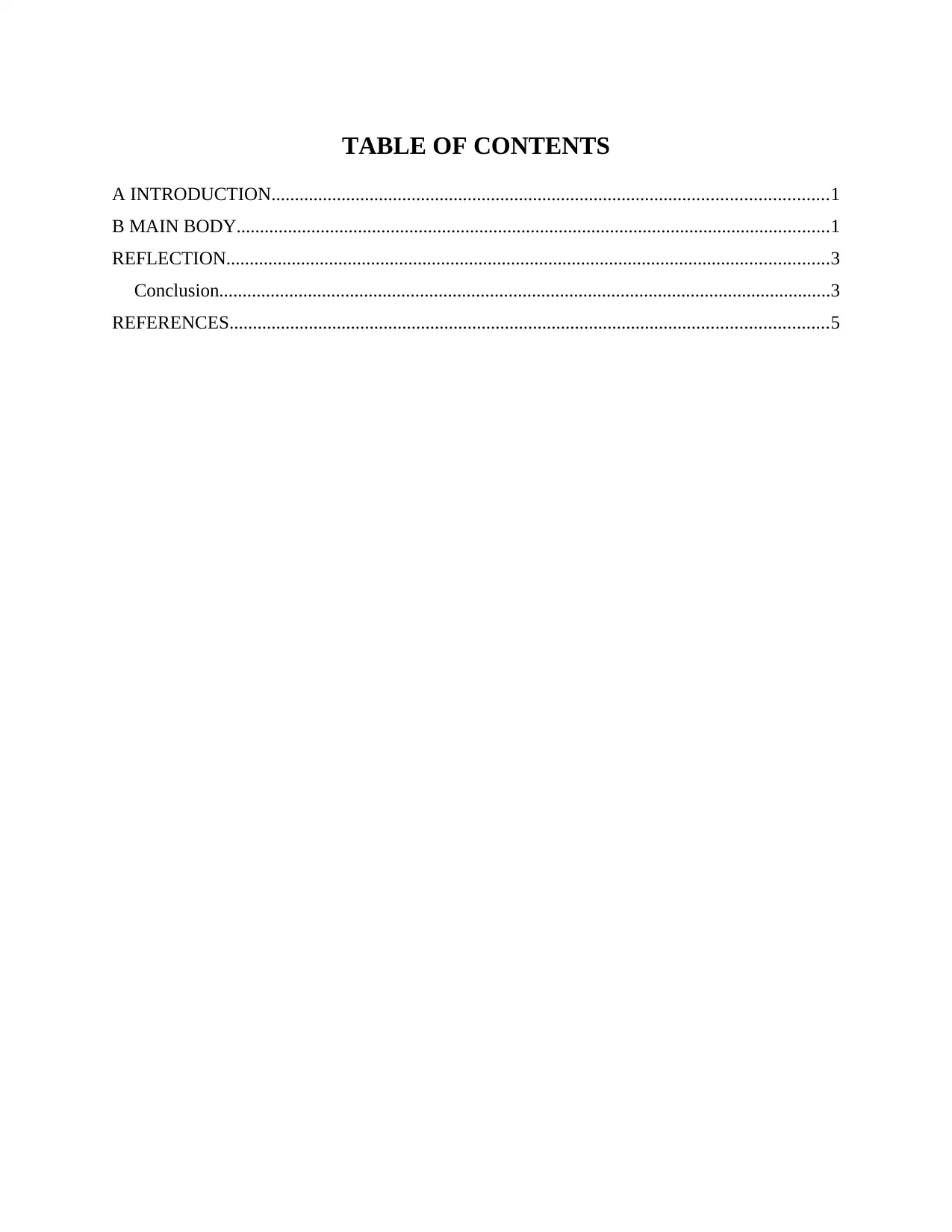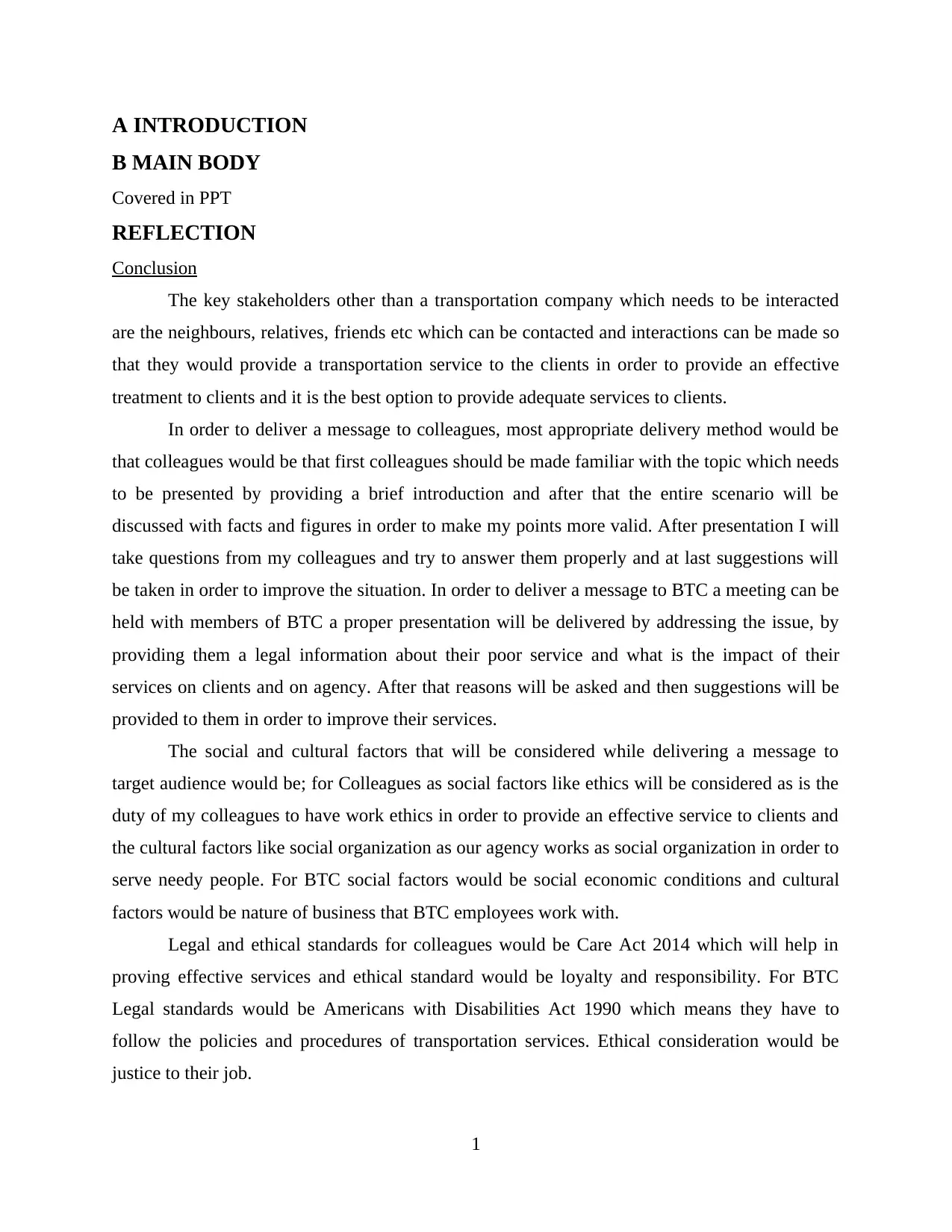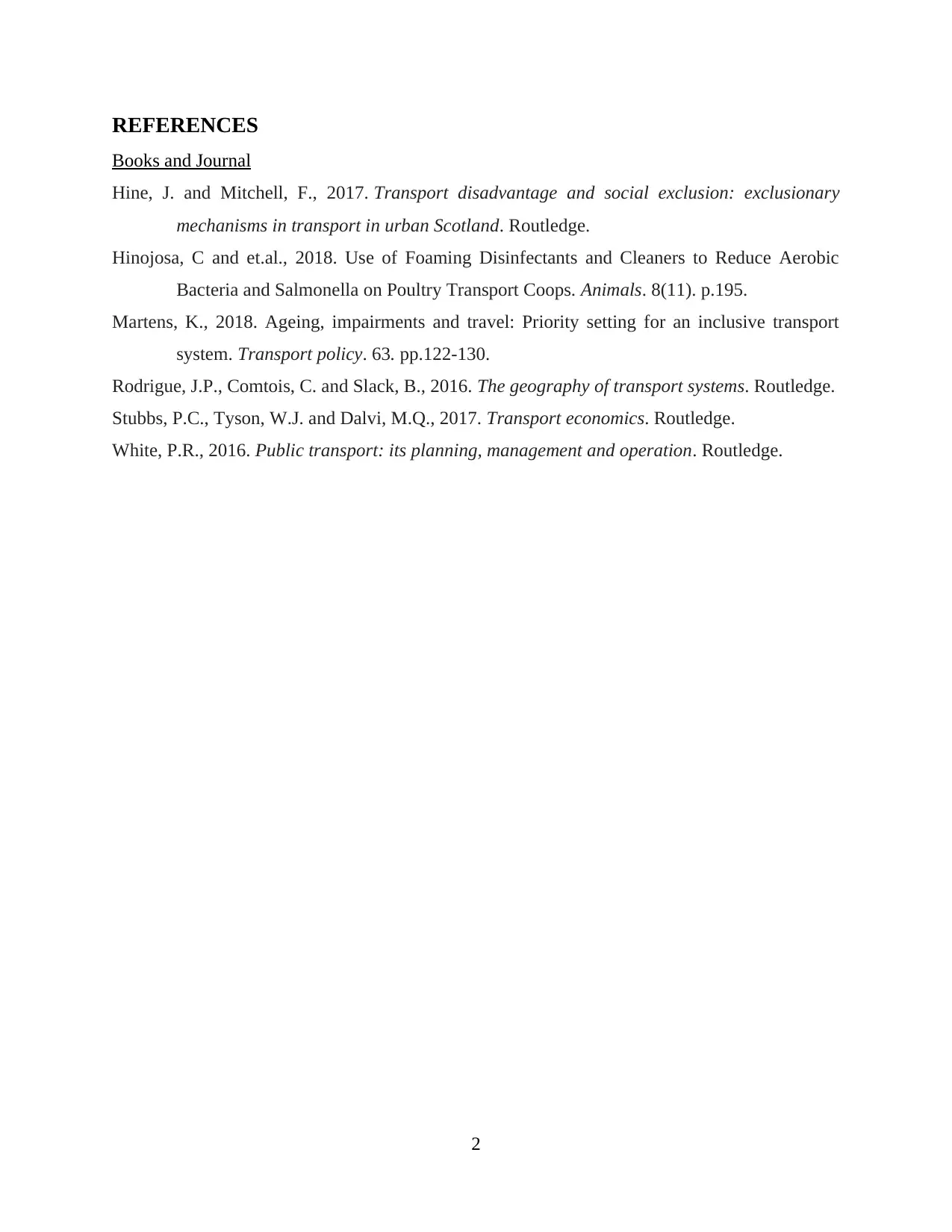HSE 220 Final Project: Presentation on Treatment Barriers and Advocacy
VerifiedAdded on 2020/11/23
|4
|560
|470
Presentation
AI Summary
This presentation, created for the HSE 220 final project, focuses on barriers to treatment experienced by human services clients. It explores various aspects, including key stakeholders like colleagues and BTC (likely a transportation service), and how to effectively communicate with them. The presentation covers appropriate delivery methods, considering social and cultural factors such as ethics and social organizations. It also outlines relevant legal and ethical standards like the Care Act 2014 and the Americans with Disabilities Act 1990. The presentation aims to raise awareness and advocate for clients by addressing challenges at a community and policy level, as well as providing a leadership, compassion, and advocacy to clients.
1 out of 4










![[object Object]](/_next/static/media/star-bottom.7253800d.svg)